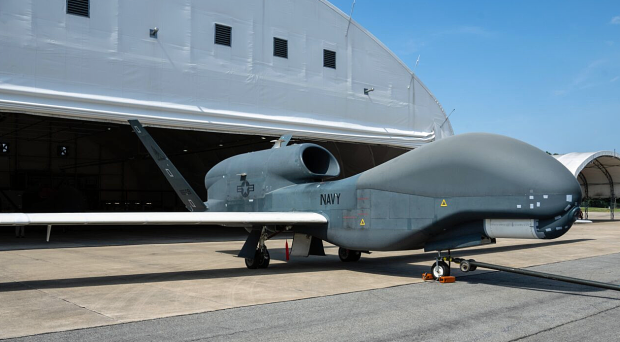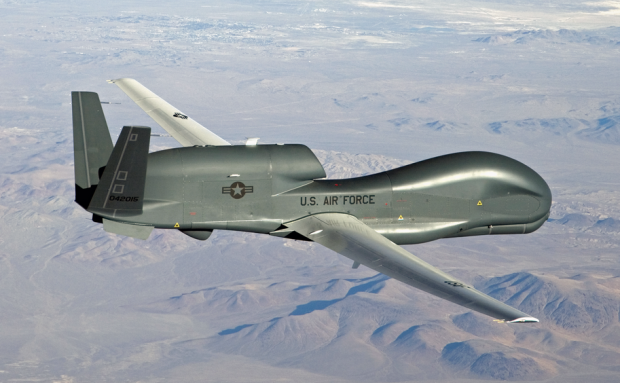Navy’s RQ-4A BAMS-D UAVs End 13-Year Mideast Deployment


ARLINGTON, Va. — Seapowermagazine.org reported that the Navy has brought home from the Middle East its last deployed RQ-4A Global Hawk Broad-Area Maritime Surveillance – Demonstrator (BAMS-D) unmanned aerial vehicle, culminating a 13-year span of operations. The RQ-4A returned to its home base, Naval Air Station Patuxent River, Maryland, from the U.S. 5th Fleet area of responsibility on June 17. The Navy had deployed the RQ-4A to Southwest Asia since 2009 as a component of the BAMS-D program. Five Block 10 RQ-4As were based at Patuxent River and operated in sequence over the years by detachments of Patrol Reconnaissance Wings 5, 2, and 11. The detachment kept at least one RQ-4A in the rotation to a base in the Persian Gulf region. BAMS-D provided more than 50% of maritime intelligence, surveillance and reconnaissance in theater accruing over 42,500 flight hours in 2,069 overseas missions, the Navy said. By 2013, BAMS-D had ramped up its capabilities to 15 24-hour missions every month. BAMS-D collected almost 1.4 million ISR scenes, highlighted over 11,500 targets of interest and provided the fleet with over 15,000 tactical reports, including providing ISR coverage to non-combatant evacuation operations during the U.S. drawdown in Afghanistan. BAMS-D’s operations and maintenance team achieved an overall mission availability rate of 96%, with more than 94% of scheduled missions completed.
The BAMS-D Integrated Sensor Suite featured electro-optical/infrared, synthetic aperture radar, ground moving target indicator and wide-area search modes. To improve performance in the maritime environment, LR-100 electronic surveillance sensors, Automatic Identification System receiver, inverse synthetic-aperture radar, and maritime search and maritime moving target indicator radar modes were added. The BAMS-D is being replaced by a Global hawk derivative, the MQ-4C Triton, which has been deployed to the Western Pacific in an Early Operational Capability deployment. The Triton with an upgraded sensor capability will be deployed in 2023. 2007 airborne photo courtesy of Wikipedia. Our thanks to Robin E. Alexander, President ATC, alexander technical[at]gmail[dot]com, for her assistance with this report.
